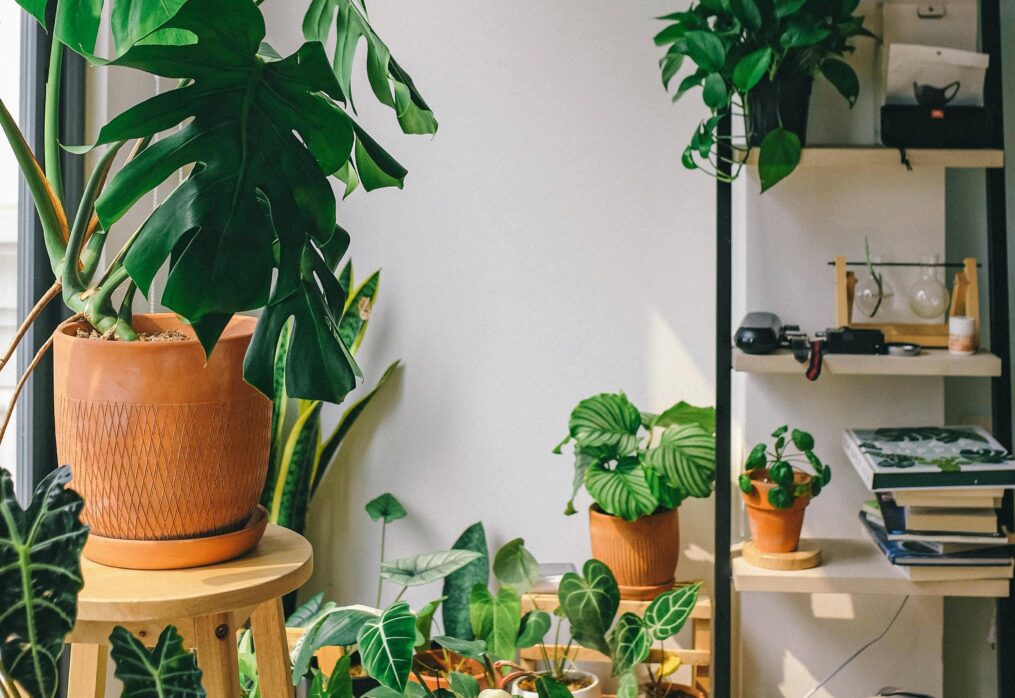8 plants that are NOT advised to be kept at home
There are many functional uses for houseplants. Not only can they provide visual appeal to the house, but they also purify the air and could possibly have medicinal or culinary properties. Because of their low care requirements, attractive appearance, and calming gel, typical houseplants like aloe vera are a regular sight. On the flip side, even the most commonly grown and beneficial plants can become toxic if handled carelessly. Many people also like keeping dischidia as houseplants. Dig further by reading this.
Many popular greenery options can pose hidden risks—especially around children or pets, or in homes built on Vastu/Feng Shui principles. Let’s expand on each plant with toxicological insight, cultural context, and safer alternatives you can genuinely recommend.
Here are some things to keep in mind if you aren’t sure which plants aren’t good choices for your house.
1. ivy
 The fast-growing climber known as English ivy is a common sight around homes, on building facades, and even as a ground cover under trees. But these poisonous plants can sting the tongue and make you sick if you eat them. When taken excessively, it may cause significant swelling deeper down the neck. All you need to know about the Calathea plant or prayer plan
The fast-growing climber known as English ivy is a common sight around homes, on building facades, and even as a ground cover under trees. But these poisonous plants can sting the tongue and make you sick if you eat them. When taken excessively, it may cause significant swelling deeper down the neck. All you need to know about the Calathea plant or prayer plan
2. Pothos
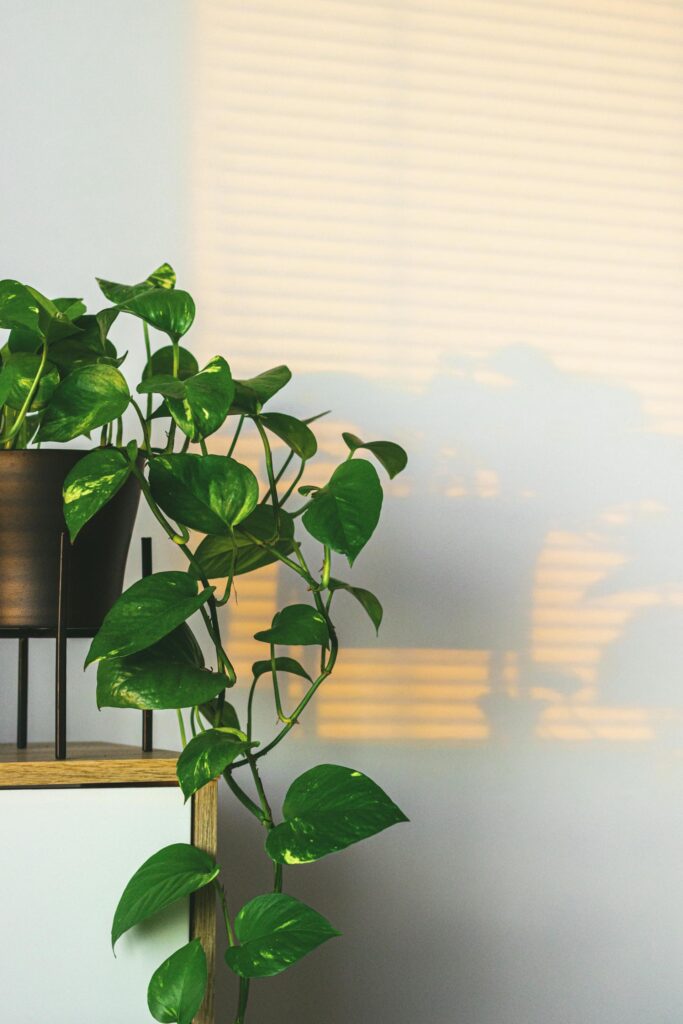 Pothos is another highly popular houseplant, with pointed, heart-shaped leaves available in white, yellow, or light green. Taking a bite will not endanger you, but it may be rather uncomfortable. If you suspect your toddler has eaten anything, keep an eye out for symptoms such as burning and swelling of the mouth, lips, and tongue, problems speaking or swallowing, vomiting, nausea, and diarrhea. See also: 10 Aromatic Plants to Soothe Your Senses
Pothos is another highly popular houseplant, with pointed, heart-shaped leaves available in white, yellow, or light green. Taking a bite will not endanger you, but it may be rather uncomfortable. If you suspect your toddler has eaten anything, keep an eye out for symptoms such as burning and swelling of the mouth, lips, and tongue, problems speaking or swallowing, vomiting, nausea, and diarrhea. See also: 10 Aromatic Plants to Soothe Your Senses
3. Daffodils
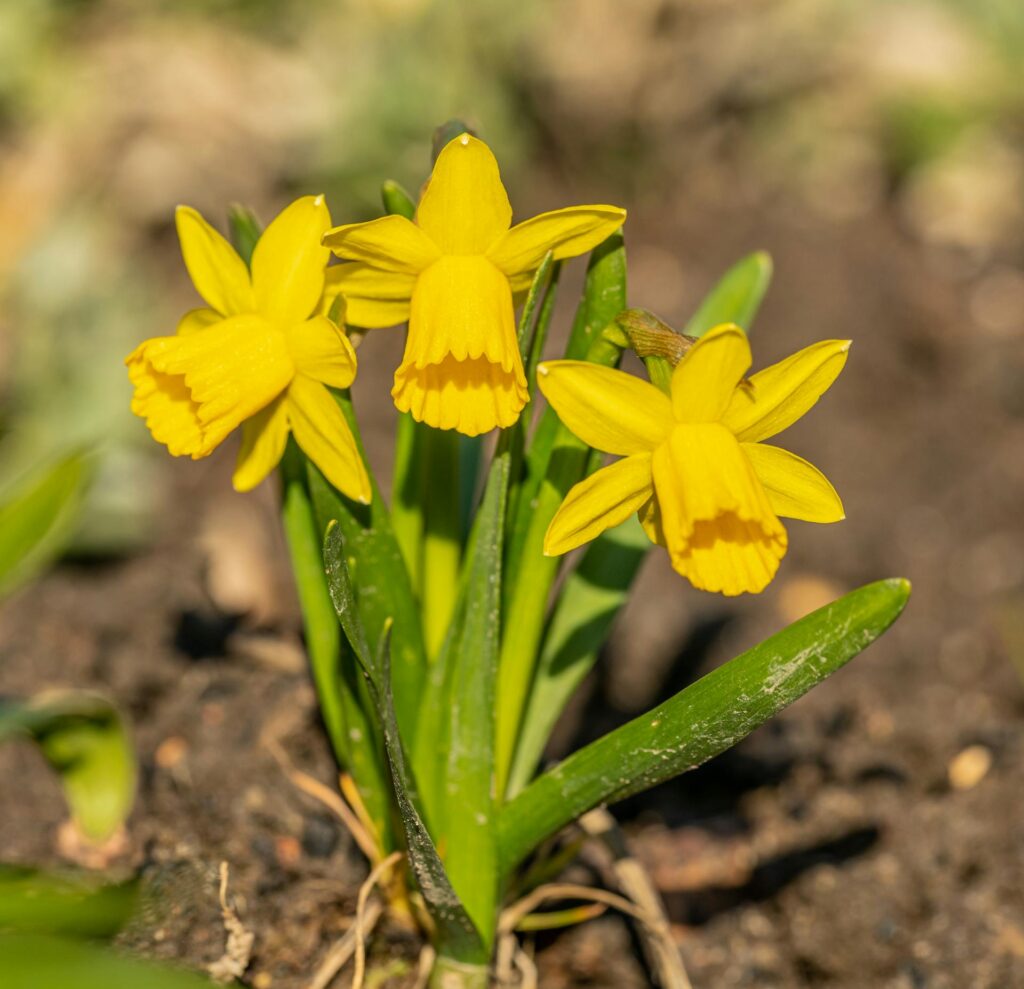 These trumpet-shaped blossoms may seem to be absolutely harmless, but they might make you ill. Even though they are not highly lethal, ingesting a huge amount of them may be harmful. Depending on how much is ingested, they may provoke irritation of the mouth and throat and nausea, vomiting, and diarrhea.
These trumpet-shaped blossoms may seem to be absolutely harmless, but they might make you ill. Even though they are not highly lethal, ingesting a huge amount of them may be harmful. Depending on how much is ingested, they may provoke irritation of the mouth and throat and nausea, vomiting, and diarrhea.
4. Caladium
 Caladium, also known as elephant ear, has leaves fashioned like arrows, hearts, or lances and appears in numerous colors, including pink, red, white, rose, green, and chartreuse. These dangerous houseplants, typically found in homes, may irritate mucous membranes in the mouth, nose, throat, and stomach, leading to nausea and vomiting.
Caladium, also known as elephant ear, has leaves fashioned like arrows, hearts, or lances and appears in numerous colors, including pink, red, white, rose, green, and chartreuse. These dangerous houseplants, typically found in homes, may irritate mucous membranes in the mouth, nose, throat, and stomach, leading to nausea and vomiting.
5. Peace Lily
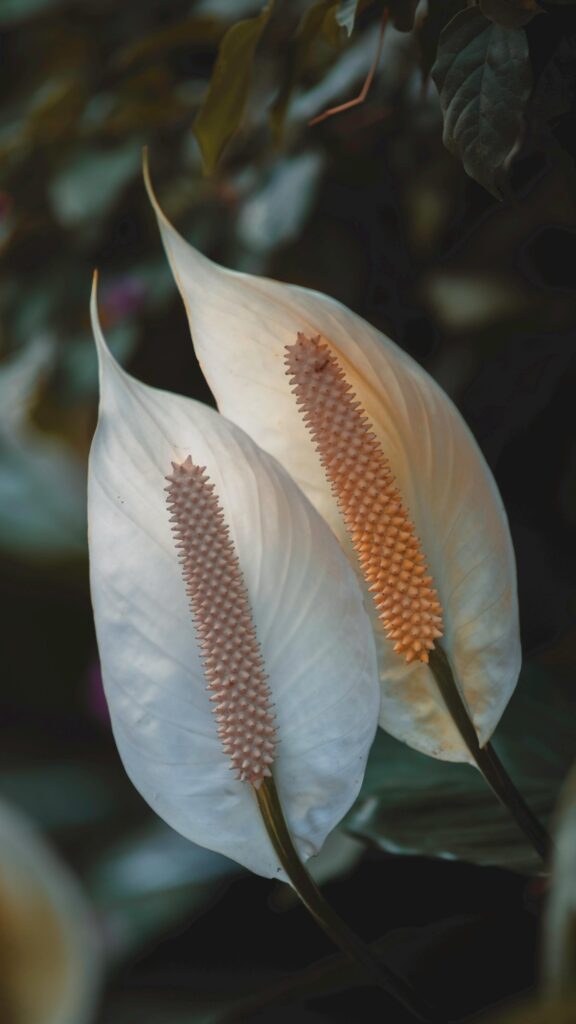 The peace lily is a shade-loving plant, making it a great choice for flats and settings with little natural light. Even though it is not linked to true (and actually poisonous) lilies, the peace lily has significant medical powers of its own. The insoluble calcium oxalates in it may elicit unpleasant stinging and swelling of the lips and tongue, as well as nausea and diarrhea in both people and pets. See also: 5 Easy Tips to Maintain a Tulsi Plant at Home
The peace lily is a shade-loving plant, making it a great choice for flats and settings with little natural light. Even though it is not linked to true (and actually poisonous) lilies, the peace lily has significant medical powers of its own. The insoluble calcium oxalates in it may elicit unpleasant stinging and swelling of the lips and tongue, as well as nausea and diarrhea in both people and pets. See also: 5 Easy Tips to Maintain a Tulsi Plant at Home
6. Aloe vera
 Aloe vera is a popular houseplant, noted for its usage in helping cure human skin that has been sunburned, frostbitten, or is prone to psoriasis by reducing inflammation. It is attributed to anthraquinones, which are chemical compounds that have anti-inflammatory characteristics. On the contrary, those same drugs operate as purgatives, increasing mucus and water production in the colon, making them rather risky for your dogs. The intake of aloe vera leaves by your dog or cat may result in vomiting, tiredness, and diarrhea. See also: 5 plants to help keep your home naturally cool in summer
Aloe vera is a popular houseplant, noted for its usage in helping cure human skin that has been sunburned, frostbitten, or is prone to psoriasis by reducing inflammation. It is attributed to anthraquinones, which are chemical compounds that have anti-inflammatory characteristics. On the contrary, those same drugs operate as purgatives, increasing mucus and water production in the colon, making them rather risky for your dogs. The intake of aloe vera leaves by your dog or cat may result in vomiting, tiredness, and diarrhea. See also: 5 plants to help keep your home naturally cool in summer
7. Rubber tree
 These common household trees generate a sap (fiction) that may irritate the tongue, throat, and skin when taken in high quantities. If you were to take the risk of ingesting any of this sap yourself, you might also find yourself with impaired coordination. Keep a lookout for indicators of reduced appetite, drooling, vomiting, and diarrhea in your animals.
These common household trees generate a sap (fiction) that may irritate the tongue, throat, and skin when taken in high quantities. If you were to take the risk of ingesting any of this sap yourself, you might also find yourself with impaired coordination. Keep a lookout for indicators of reduced appetite, drooling, vomiting, and diarrhea in your animals.
8. Azalea
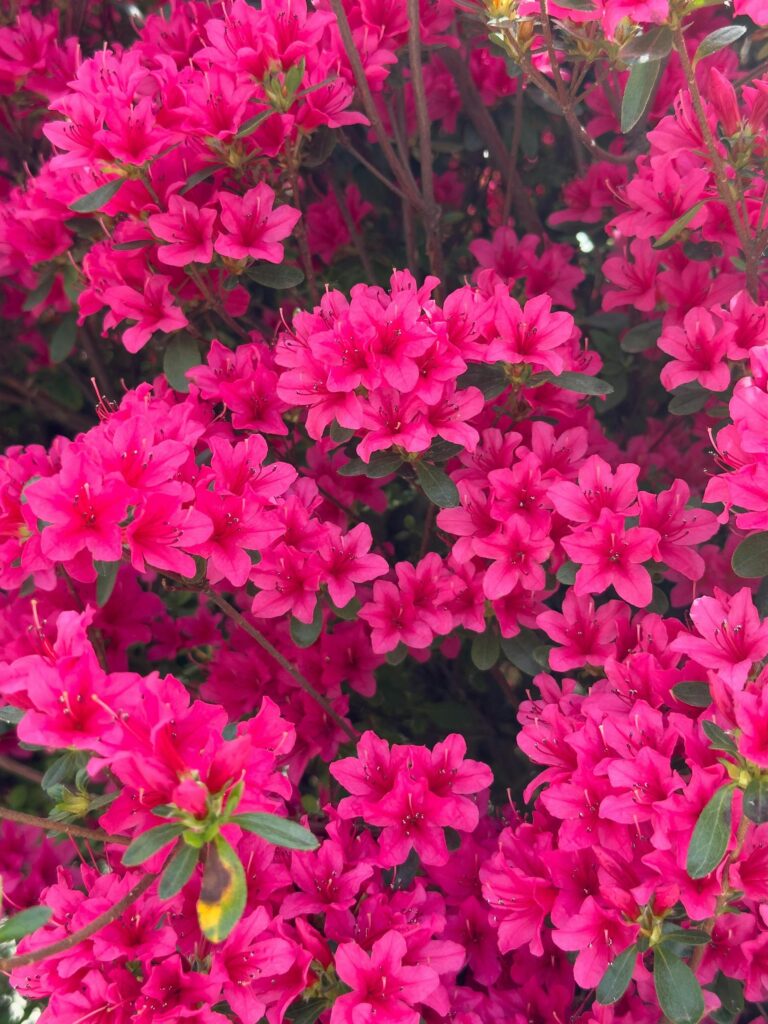
Azaleas are a popular choice for beautifying lawns and gardens because of their gorgeous, vivid blossoms. Chances of obtaining serious poisoning from eating a little piece of the plant are rare; moderate symptoms such as mouth irritation, nausea, and vomiting are more prevalent. However, consuming these poisonous plants, whether the leaves, blooms, or nectar, can be life-threatening if swallowed in significant quantities.
💡 FAQ Enhancements
Q: Are non-toxic plants always 100% safe?
A: Even “safe” plants like spider plants or African violet may cause mild upset if eaten. Always supervise curious kids or pets and avoid ingestion.
Q: Can toxicity vary by season or plant parts?
A: Yes—bulbs (like tulips, daffodils), sap, and small berry clusters are often more toxic. Some plants are safe when mature but harmful when young or flowering.
Q: How do I know if my plant is toxic?
A: Use reliable sources like ASPCA or India’s local poison control guidelines. If ingestion occurs, note the botanical name and seek immediate help.
I recommend checking out:
- 10 Stress Relieving Indoor plants for home
- 10 plants you can easily grow in a bottle
- 5 Easy Tips to Maintain a Tulsi Plant at Home
- 5 Medicinal Plants to Grow at Home
Last Updated on 5 months ago by Anjali Mehra Ph.D. in Horticulture (Punjab Agricultural University)
- Best Lawn Grass for High-Footfall Religious Places in Punjab - December 29, 2025
- Why Lawn Grass Fails After Installation (Real Indian Case Studies) - December 25, 2025
- Nilgiri Grass vs Korean Grass – Price, Look & Maintenance Compared - December 23, 2025
